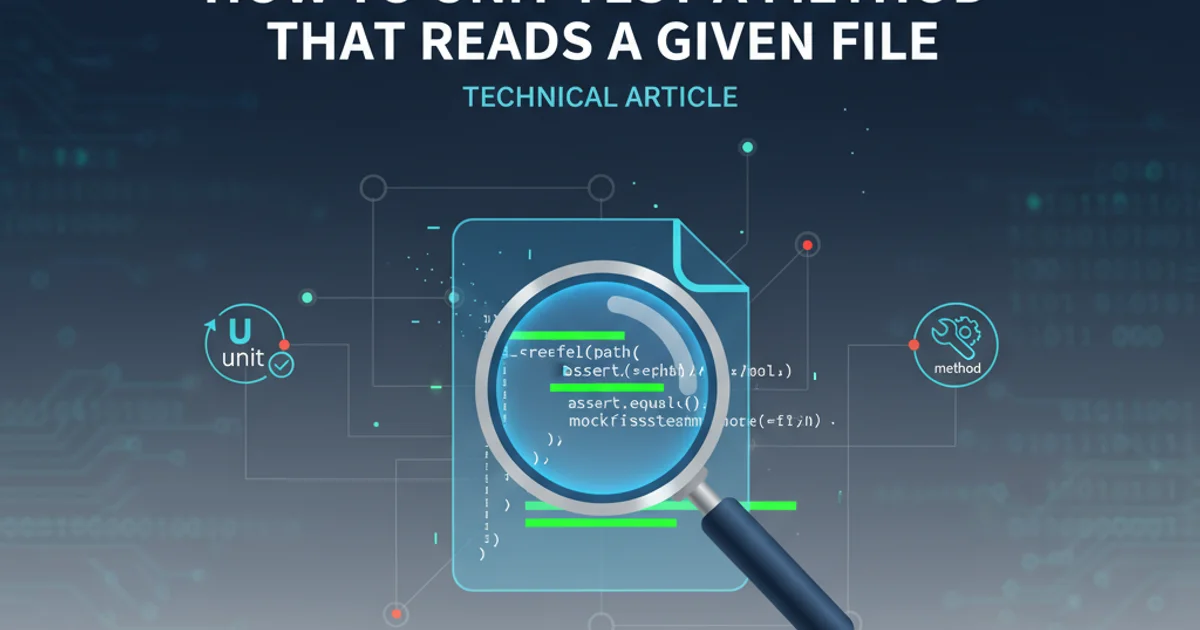Deleting user from Ubuntu
Categories:
How to Safely Delete a User from Ubuntu 12.04

Learn the correct and safe methods to remove a user account and their associated data from an Ubuntu 12.04 system, preventing orphaned files and security risks.
Deleting a user from an Ubuntu system, especially an older version like 12.04, requires careful steps to ensure all associated data is removed and no orphaned files are left behind. This guide will walk you through the process, covering how to remove the user account, their home directory, and any mail spool files. Understanding these steps is crucial for system administrators to maintain a clean and secure environment.
Understanding User Deletion Options
Ubuntu provides several commands for user management, each with different functionalities. When deleting a user, you typically have options to remove just the user account, or the account along with their home directory and mail spool. It's important to choose the right command based on whether you want to preserve the user's files or completely purge them from the system.
flowchart TD
A[Start User Deletion Process] --> B{Keep User's Home Directory?}
B -->|Yes| C[Use 'deluser' command]
B -->|No| D[Use 'deluser --remove-home' command]
C --> E[Verify User Removal]
D --> E
E --> F[Check for Orphaned Files (Optional)]
F --> G[End Process]Decision flow for deleting a user in Ubuntu.
Deleting a User Account (Keeping Home Directory)
If you need to remove a user's login privileges but wish to retain their home directory and files for archival or transfer purposes, you should use the deluser command without the --remove-home option. This will disable the user's ability to log in, but their data will remain on the system.
sudo deluser username
Command to delete a user account while preserving their home directory.
username with the actual username you intend to delete. Double-check the username before executing the command to avoid accidental deletion of the wrong account.Completely Deleting a User and Their Data
For a complete removal, including the user's home directory and mail spool, use the deluser command with the --remove-home option. This is the most common scenario when a user is no longer associated with the system and their data is no longer needed. This action is irreversible, so proceed with caution.
sudo deluser --remove-home username
Command to completely delete a user, their home directory, and mail spool.
--remove-home option permanently deletes the user's home directory and all its contents. Ensure you have backed up any critical data before running this command, as it cannot be undone.Verifying User Deletion
After attempting to delete a user, it's good practice to verify that the user account no longer exists and, if specified, their home directory has been removed. You can do this by checking the /etc/passwd file and attempting to list the home directory.
1. Check /etc/passwd
Use grep to search for the username in the /etc/passwd file. If the user was successfully deleted, their entry should not appear.
2. Verify Home Directory Removal
Attempt to list the contents of the user's home directory. If it was removed, you should receive a 'No such file or directory' error.
grep username /etc/passwd
ls -l /home/username
Commands to verify user deletion and home directory removal.